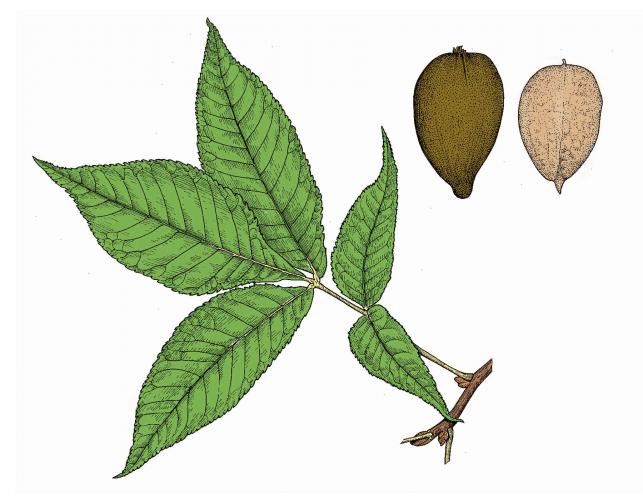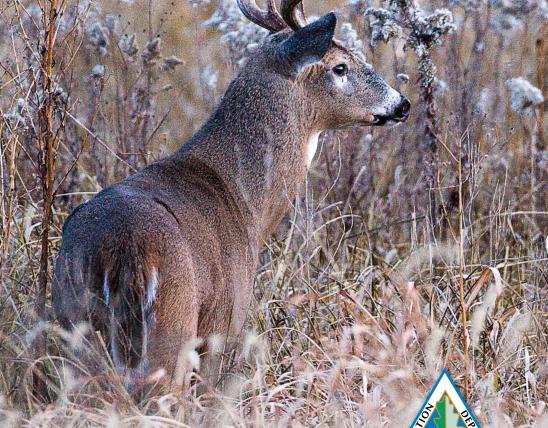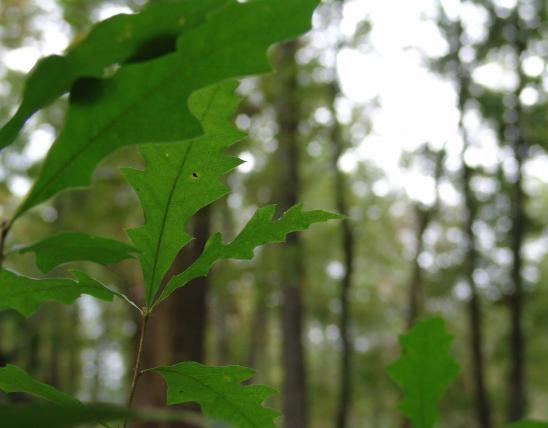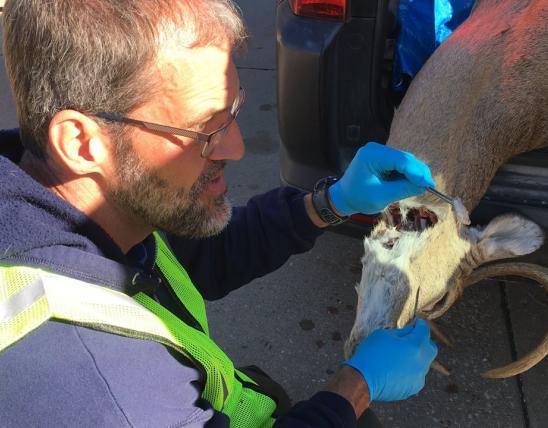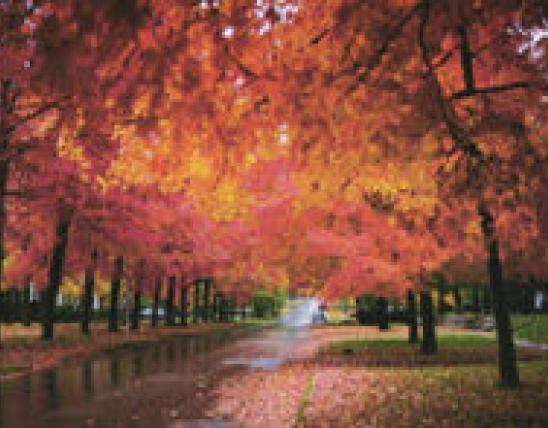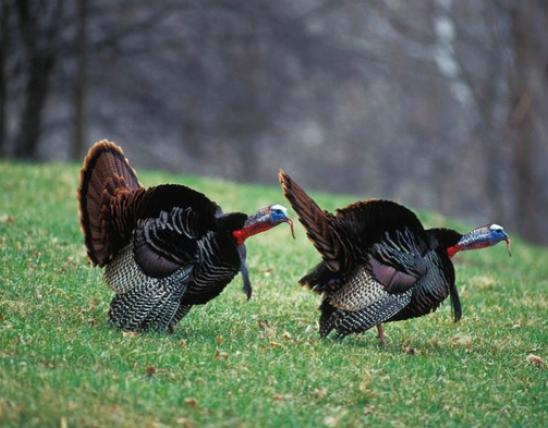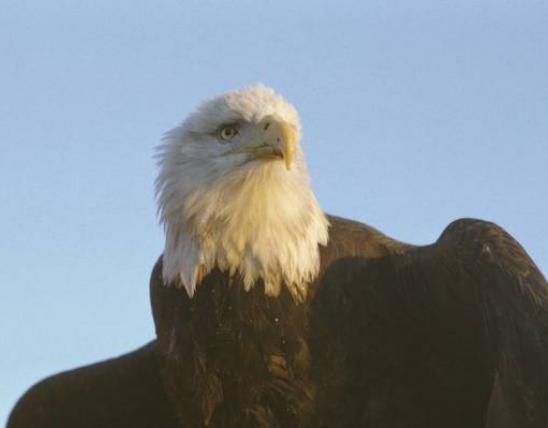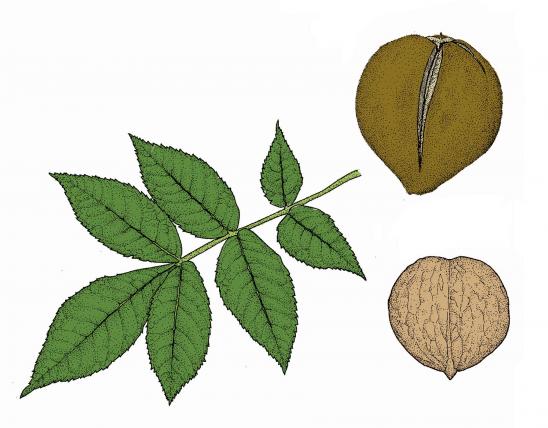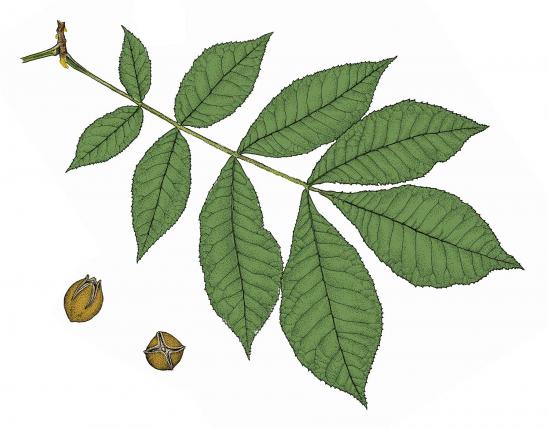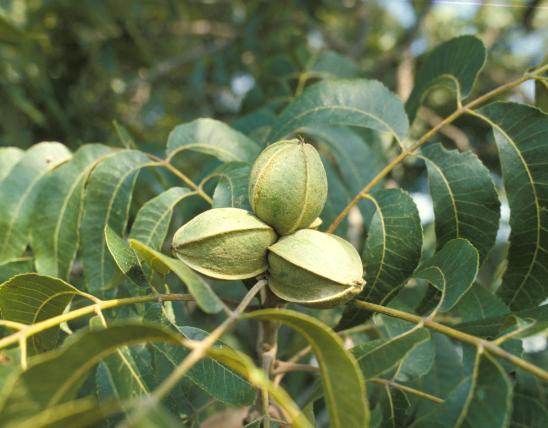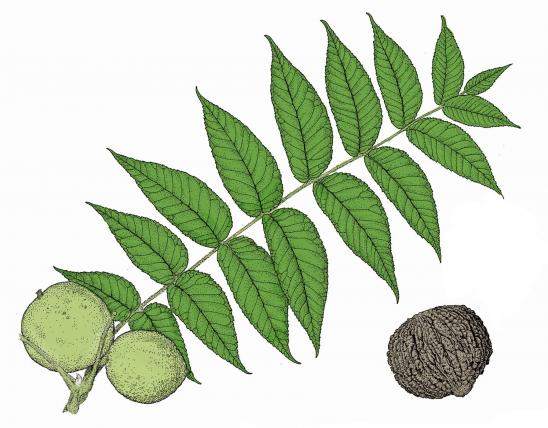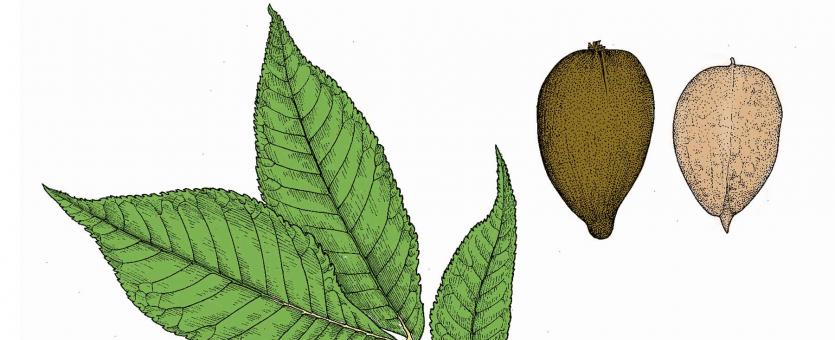
Pignut hickory is a medium-sized tree with a rather narrow crown, 2–4 times longer than broad.
Leaves are alternate, feather-compound, 8–12 inches long, with 5 (rarely 7) leaflets. Leaflets lance-shaped, narrow at base or near middle; margin toothed; tip tapered to a point. Upper surface yellow-green, smooth; under surface paler and smooth or hairy along veins. Bright yellow in fall.
Bark is gray, thin, tight, rough from numerous shallow, crisscrossing cracks forming close, flattened scales.
Twigs are rather slender, reddish-brown, smooth; pores pale.
Flowers April–May, male and female flowers separate on same tree; male catkins 3-branched, yellowish-green; female flowers few.
Fruits September–October, variable, usually pear- or egg-shaped, often with a necklike base; about 1¼ inches long; husk dark brown, thin, splitting late along 2–4 lines or not at all. Nut pear-shaped with a short beak.
Similar species: Distinguished from black hickory by 5 (not 7) leaflets, twigs that don't abruptly taper toward the terminal bud.
Height: to 80 feet.
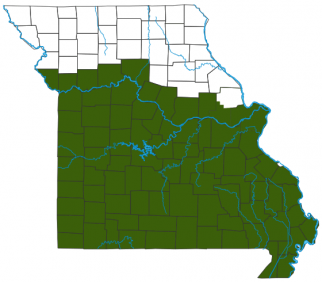
Mostly in the eastern Ozarks but can be found scattered throughout southern Missouri and in a few counties just north of the Missouri River.
Habitat and Conservation
Dry upland woods, usually in acid soils derived from chert, sandstone, or igneous rock, especially in the Ozarks; also in sandy or gravelly soils of dry upland wooded ridges in southeastern Missouri’s Crowley’s Ridge. A slow to moderately fast-growing tree, depending on soils. Trees are usually 25–30 years old before they begin producing nuts; it takes twice that time to begin full production.
Human Connections
The tough, rugged wood has been used for fuel and for tools that must withstand violent blows and friction, such as axe handles and wagon wheel hubs. Settlers used the bitter nuts to feed pigs (hence the name) and made brooms from the shredded wood.
Ecosystem Connections
Squirrels, mice, deer, and more eat the nuts. Squirrels also eat the buds. Like other hickories, the leaves are eaten by caterpillars of several large, showy moths, including the luna moth, several underwings, and the giant regal moth.
